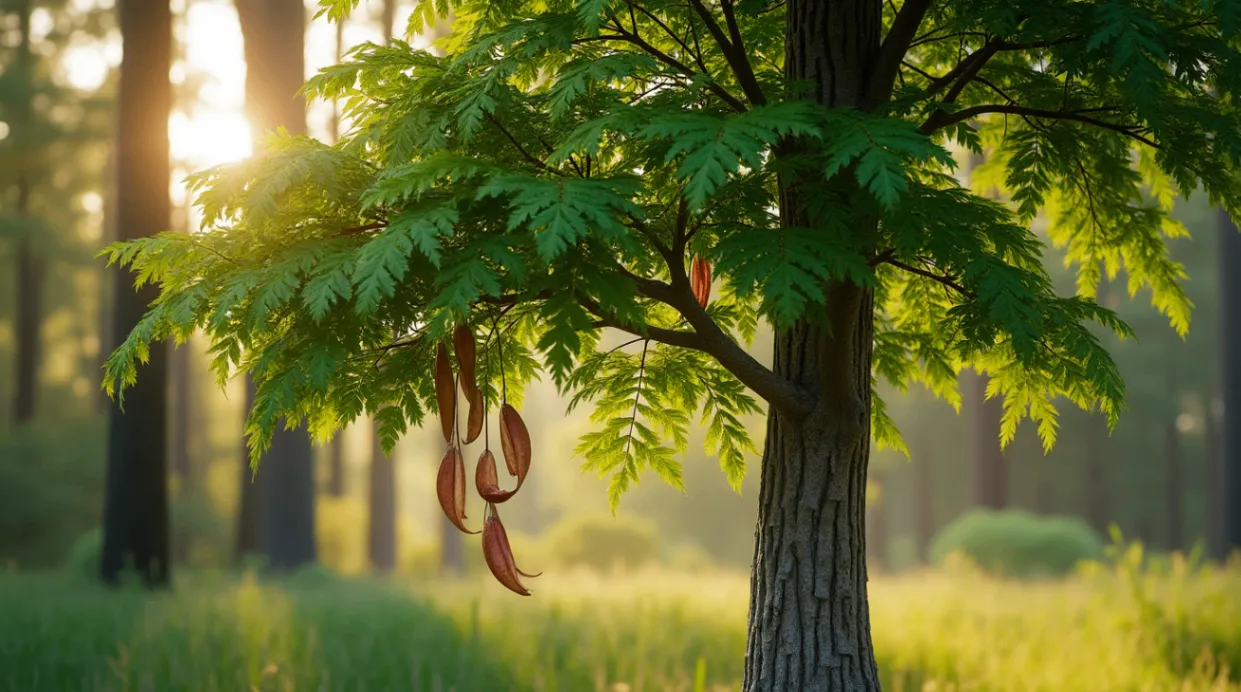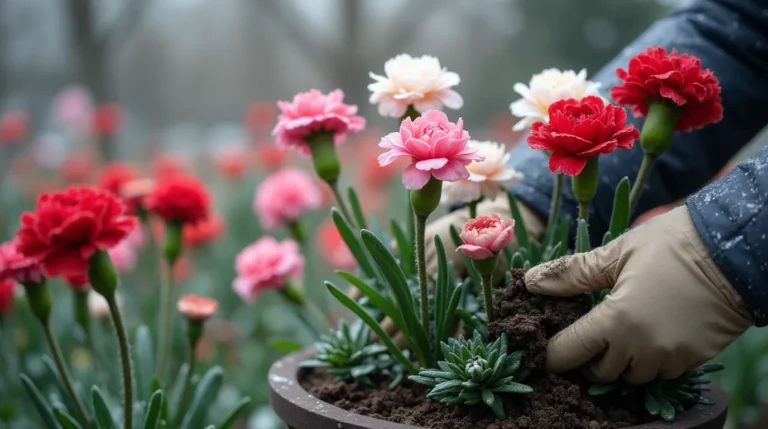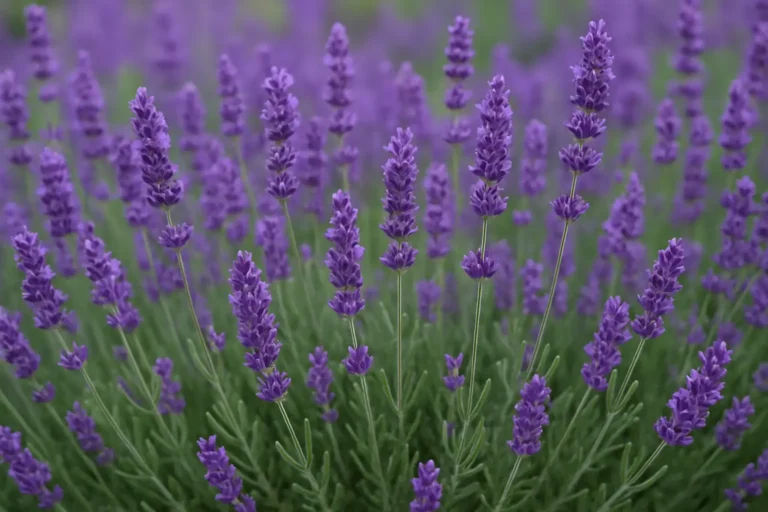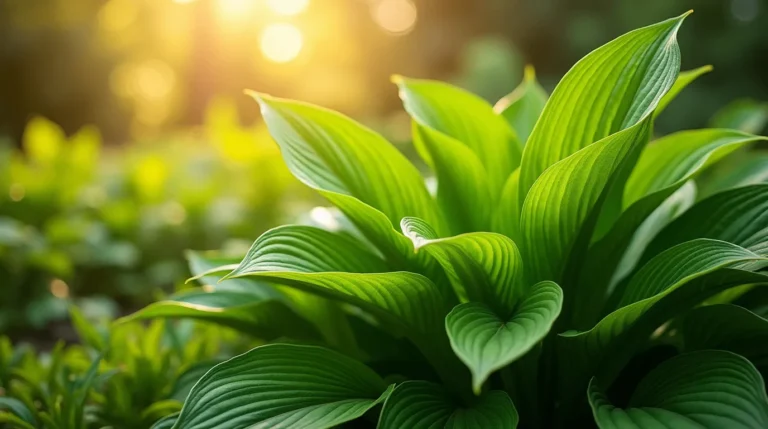Tree Of Heaven: How To Identify This Unique Species Easily
Table of Contents
The Tree of Heaven (Ailanthus altissima) is a resilient and fast-growing species, beloved by gardeners and horticulturists for its unique beauty and adaptability. Known for its distinctive foliage and tolerance to urban pollution, this tree has become a popular choice for both decorative and functional purposes in various landscapes. However, understanding the specific needs of Ailanthus altissima is crucial for successful cultivation and maintenance. In this guide, we will delve into essential Tree of Heaven care practices, including how to plant Tree of Heaven, Ailanthus altissima growth tips, and effective Tree of Heaven maintenance techniques. Join us as we explore the best strategies for nurturing this remarkable species and ensuring its healthy growth in your garden or urban space.
Introduction to Tree of Heaven
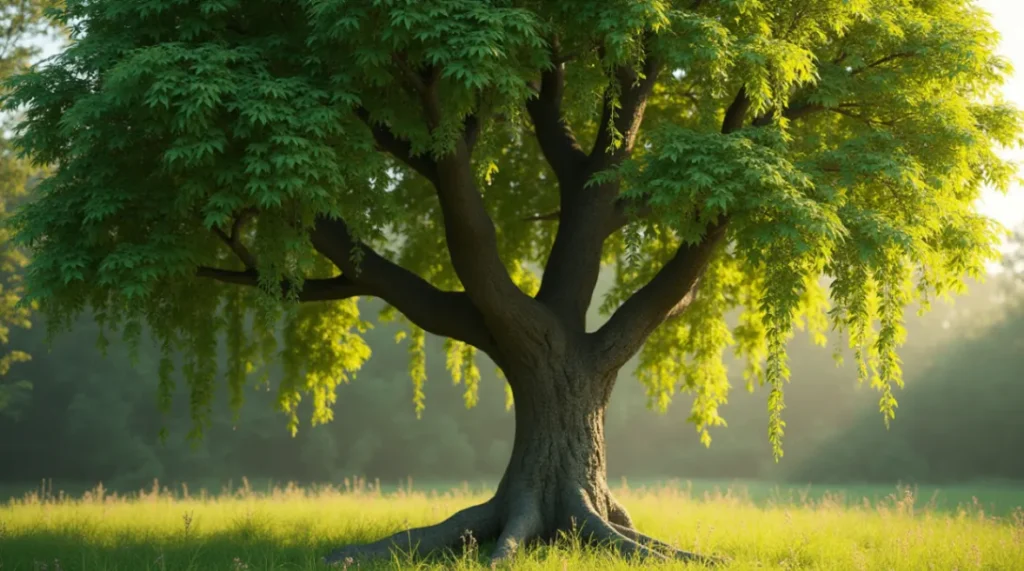
Tree of Heaven Overview
The Tree of Heaven, scientifically known as Ailanthus altissima, originates from China but has spread worldwide due to its rapid growth and adaptability. This deciduous tree can reach heights of up to 80 feet, making it a prominent feature in urban and rural landscapes. Its compound leaves, which can grow up to 3 feet long, give it a lush, full appearance. One key characteristic is its ability to thrive in poor soil conditions, which has made it a popular choice for reforestation projects and urban planting. Despite its benefits, the Tree of Heaven is often considered invasive in many regions, outcompeting native species and disrupting local ecosystems. Understanding its growth habits and requirements is essential for effective Tree of Heaven care, ensuring that it contributes to rather than detracts from your garden or landscape.
Importance in Urban Landscaping
The Tree of Heaven holds significant importance in urban landscaping due to its remarkable adaptability and resilience. Its ability to tolerate poor soil conditions, pollution, and limited water supply makes it an ideal candidate for city environments where other trees may struggle. This species helps to green urban areas, providing shade and improving air quality by absorbing pollutants. Moreover, its rapid growth rate means it can quickly transform barren cityscapes into lush green spaces, offering aesthetic and environmental benefits. However, while its robustness is an asset, it requires careful management to prevent it from becoming invasive. Effective Tree of Heaven maintenance is crucial to ensure it enhances urban landscaping without overpowering native flora. By understanding its role and managing its growth, urban foresters and landscapers can leverage the Tree of Heaven to create vibrant, sustainable urban environments.
Planting Tree of Heaven

How to Plant Tree of Heaven
Planting the Tree of Heaven requires attention to location, soil, and spacing to ensure optimal growth. Begin by selecting a site with full sun to partial shade, as this tree thrives in well-lit conditions. The soil should be well-draining, although Ailanthus altissima can tolerate a range of soil types, including poor and rocky soils. Dig a hole that is twice the width of the tree’s root ball and the same depth. Position the tree in the hole, making sure the root collar is level with the soil surface. Backfill with soil, gently packing it around the roots to remove air pockets. Water the tree thoroughly after planting to encourage root establishment. Maintain a distance of at least 20 feet from buildings and other trees to provide ample space for growth. Proper placement and initial care are crucial for successful Tree of Heaven care and long-term health.
Optimal Soil and Location
Choosing the optimal soil and location for planting the Tree of Heaven is critical for its successful establishment and growth. This tree is remarkably adaptable and can tolerate a wide range of soil types, from sandy to clay soils, and even those with low fertility. However, it performs best in well-draining soils that allow its roots to spread and access nutrients effectively. When selecting a location, aim for areas that receive full sun to partial shade, as the Tree of Heaven thrives with ample sunlight. Urban environments abandoned lots, and reclaimed areas are often ideal due to the tree’s tolerance for pollution and poor soil conditions. Ensure the chosen site provides enough space for the tree to grow without interference from buildings or other structures. Proper site selection not only supports healthy growth but also reduces the need for intensive Tree of Heaven maintenance in the future.
Watering and Fertilization Needs
The Tree of Heaven is known for its minimal water and fertilization requirements, making it an easy-care option for gardeners and urban foresters. During the initial planting phase, it is essential to water the tree regularly to help establish strong roots. Aim to keep the soil consistently moist but not waterlogged during the first year. Once established, the Tree of Heaven is highly drought-tolerant and requires little supplemental watering, thriving on natural rainfall in most climates.
Regarding fertilization, this resilient species generally does not need frequent feedings. However, applying a balanced, slow-release fertilizer in the early spring can support optimal growth, especially in nutrient-poor soils. Avoid over-fertilizing, as this can lead to excessive growth and potential structural issues. By meeting its basic watering and fertilization needs, you can ensure your Tree of Heaven remains healthy and vibrant with minimal maintenance.
Tree of Heaven Maintenance
Ailanthus altissima Pruning Techniques
Pruning is an essential aspect of Tree of Heaven maintenance, helping to manage its growth and prevent it from becoming invasive. The best time to prune Ailanthus altissima is during the late winter or early spring when the tree is dormant. Start by removing any dead, damaged, or diseased branches to maintain the tree’s health and appearance. Next, focus on thinning out overcrowded areas to improve air circulation and light penetration, which can reduce the risk of fungal infections and promote healthy growth.
When pruning, always make clean cuts at a slight angle just above a bud or branch junction. To prevent the spread of disease, use sharp, sterilized pruning tools. For larger branches, consider using a three-cut method to avoid tearing the bark. Regular pruning not only helps maintain the tree’s structure and aesthetics but also ensures it remains a manageable and beneficial addition to your landscape.
Pest and Disease Management
Effective pest and disease management is crucial for maintaining the health and longevity of the Tree of Heaven. Despite its hardiness, Ailanthus altissima can fall victim to certain pests and diseases. The most common pests include the Ailanthus webworm and the Spotted Lanternfly, both of which can cause significant damage if left unchecked. Regular monitoring and early detection are essential for managing these pests. Use insecticidal soaps or neem oil as eco-friendly treatment options to control infestations.
Diseases such as Verticillium wilt and fungal infections can also affect the Tree of Heaven. To minimize disease risk, ensure proper watering practices and avoid waterlogging the soil. Prune any infected branches immediately and dispose of them properly to prevent the spread of pathogens. By staying vigilant and employing proactive pest and disease management strategies, you can keep your Tree of Heaven healthy and thriving with minimal disruptions.
Seasonal Care and Growth Tips
Seasonal care is integral to ensuring the Tree of Heaven flourishes throughout the year. In spring, focus on pruning to shape the tree and remove any winter damage. This is also the ideal time to apply a balanced, slow-release fertilizer to support new growth. During the summer, monitor the tree for signs of pests and diseases, and water it during prolonged dry spells to prevent drought stress.
In the fall, collect and dispose of fallen leaves and seeds to minimize the risk of fungal diseases and unwanted seedlings. Applying mulch around the tree base helps retain soil moisture and regulate temperature. Winter care involves protecting young trees from harsh weather by wrapping them with burlap or using tree guards to prevent frost damage. By adhering to these seasonal Ailanthus altissima growth tips, you can maintain a healthy, vibrant Tree of Heaven that remains an attractive and resilient part of your landscape year-round.

